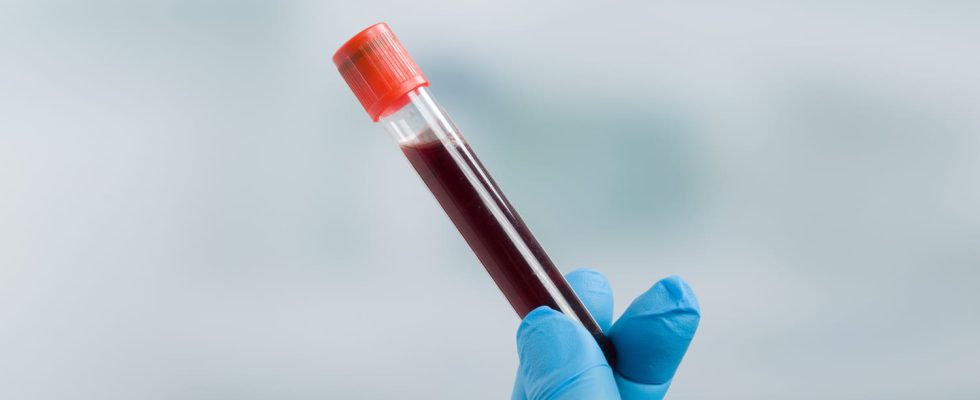The HOMA Index allows, on the basis of fasting glycaemia and insulinaemia, to highlight insulin resistance; which constitutes an early sign of type 2 diabetic risk. Thanks to a simple blood test revealing a high value, lifestyle and dietary measures can delay the onset of the disease.
What is the HOMA index?
“The HOMA (Homeostasis Model Assessment) index is a index used to assess insulin resistance and pancreatic beta cell functionwhich are key indicators of blood sugar regulation in the body“, explains Dr. Fécel Filali, Medical Biologist. It is calculated from two measurements: fasting blood glucose and fasting insulin. “A high value of the HOMA index indicates insulin resistance and impaired pancreatic function, which may be associated with an increased risk of type 2 diabetes and cardiovascular disease. In contrast, a low HOMA index indicates better insulin sensitivity, which is important for maintaining stable blood sugar levels and preventing complications associated with high blood sugar.“.
The HOMA index is calculated from two fasting blood parameters: glycaemia and insulinaemia. The formula is as follows: Blood glucose (mmol/l) x Insulinemia (microIU/ml or mIU/l) /22.5. “Fasting blood glucose is measured after an 8-12 hour fasting period, while fasting insulin is measured at the same time“, specifies the biologist.
HOMA index: for whom?
“The HOMA index is recommended in the following cases”says our interlocutor:
- To people with metabolic syndrome : overweight, high blood pressure, blood sugar higher than normal, lipid disorders.
- Polycystic ovary syndrome (PCOS)
- Investigation of infertility in the woman
- Hyperandrogenism
- Liver dysfunction : non-alcoholic fatty liver disease
Low HOMA index: interpretation?
“A low HOMA index is generally considered to be indicating good insulin sensitivity and normal pancreatic function, details Dr. Filali. This means that the body is able to regulate blood sugar levels effectively by producing enough insulin to control blood sugar.“. A low HOMA index can be interpreted as a positive indicator of metabolic health but other factors such as age, body weight, diet and physical activity should also be considered.
High HOMA index: interpretation?
“A high HOMA index (>2.4) is generally considered indicating insulin resistance and impaired pancreatic function, continues the doctor. This means that the body has difficulty regulating blood sugar levels, which can cause blood sugar levels to rise and possibly the development of type 2 diabetes“. A high HOMA score may also be associated with an increased risk of cardiovascular illnesses and other metabolic complications.
HOMA and PCOS index
Polycystic ovary syndrome (PCOS) is a condition that is often associated with insulin resistance. “Because of this association, the HOMA index can be used to assess this insulin resistance and implement treatment (changes in diet, physical activity, medication, etc.)“, answers the specialist.
What treatments when the HOMA index is high?
If the HOMA index is high, it may indicate insulin resistance. The treatments therefore aim to improve insulin sensitivity and regulate blood sugar. Among them :
► Regular physical exercise : It may improve insulin sensitivity by increasing energy expenditure, reducing inflammation and improving insulin signaling.
► Weight loss : it can reduce insulin resistance by improving insulin sensitivity in peripheral tissues.
► Diet modification : A balanced diet high in fiber and low in saturated fat can help reduce insulin resistance.
► In addition, to regulate blood sugar, “the patient can benefit from blood sugar lowering drugs like metformin which may be prescribed to improve blood sugar by reducing hepatic production of glucose or a insulin therapywhich can be used to regulate blood sugar in patients with type 2 diabetes“.
HOMA Index Analysis Price
The cost of HOMA Index analysis may vary depending on region, lab, and insurance coverage. In general, it is 20 euros. “This exam is covered by social security and mutual insurance“.
Thanks to Doctor Fécel Filali, Medical Biologist at the B2A Laboratory in Benfeld (67) and member of the network Les Biologistes Indépendants
